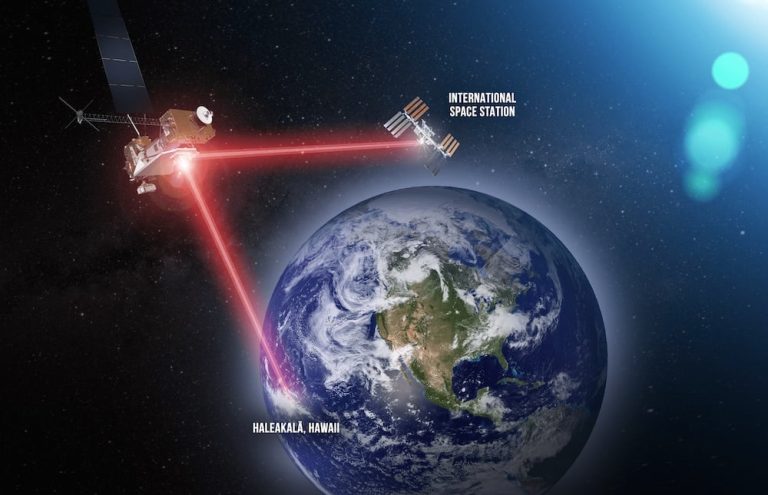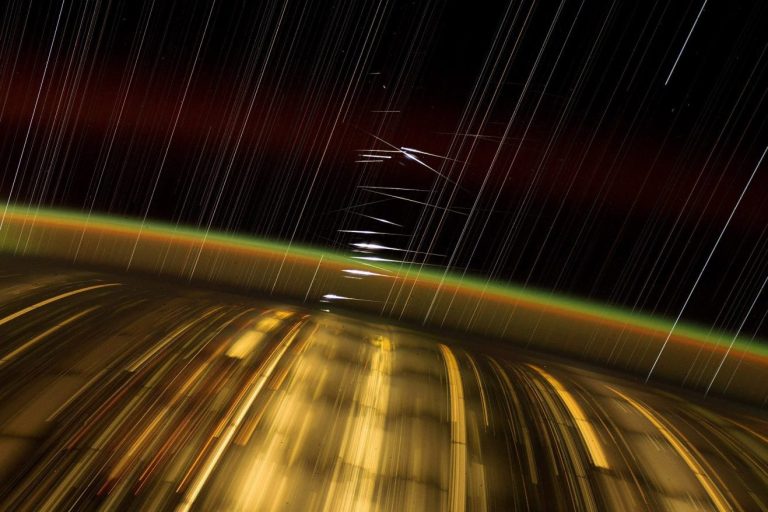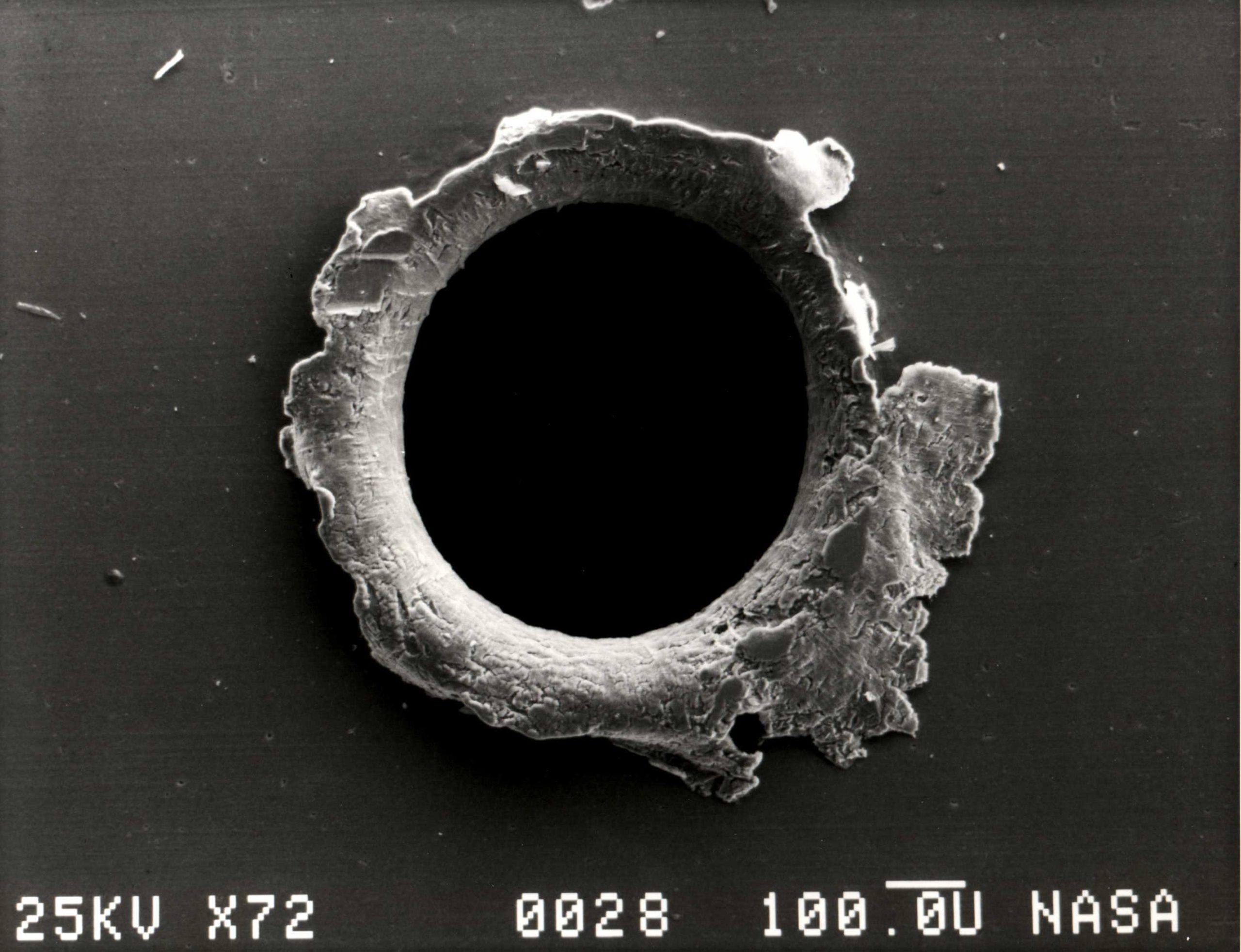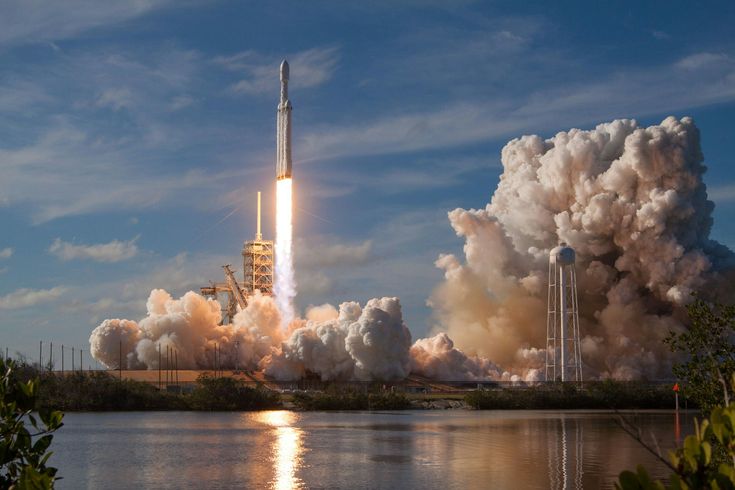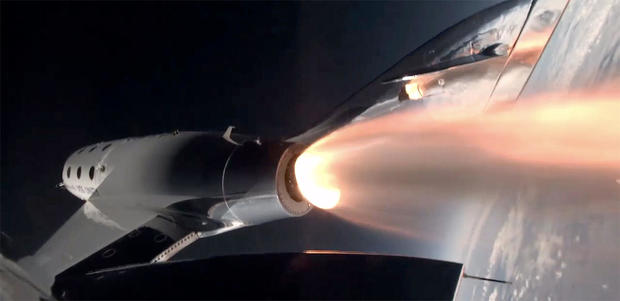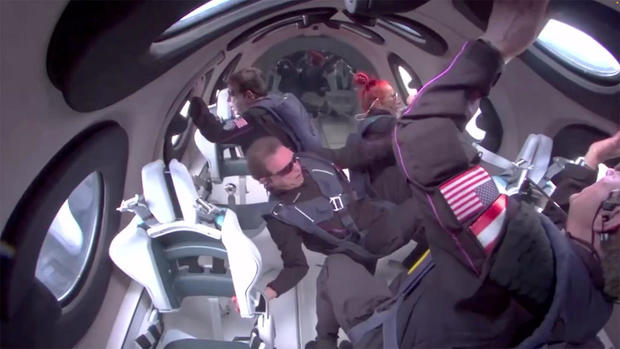The First Sign of Planet Nine? How Laser Communication Companies Are Changing Astronomy
A laser communication system from Mars could deliver data rates dozens of times higher than current radio links, with smaller hardware and lower power needs. However, Martian dust storms pose the biggest obstacle, requiring hybrid architectures that combine lasers and radio to guarantee reliable contact. Strategic placement of ground stations in less dusty regions and use of relay satellites can overcome seasonal and regional challenges.
Summary
- Laser links deliver data rates up to 100 Gbps, dwarfing traditional radio systems
- Major players include SpaceX, Spire, Taara (Alphabet), and MIT’s Lincoln Laboratory
- NASA’s Deep Space Optical Communications (DSOC) experiment has proven laser comm beyond Earth-Moon distances
- Laser SETI stations will scan for transient signals, aiding searches for exotic objects like Planet Nine
- High-throughput networks allow real-time image processing from wide-field surveys (e.g., Vera C. Rubin Observatory)
- Market for space-based laser comm is projected to grow at 13.6 % CAGR through 2033
- Key challenges include atmospheric absorption, cloud cover, and ground station placement
- Hybrid architectures combining radio and laser links improve reliability in all conditions
- Two-way laser terminals demonstrated on satellites and lunar missions
- Collaboration between astronomy teams and laser-tech firms is intensifying
- Planet Nine evidence comes from clustering of distant trans-Neptunian objects
- Faster data pipelines enable rapid follow-up observations to confirm candidate detections
- Networked relay satellites reduce latency for Earth-based control of remote telescopes
- Fun fact: China’s Jilin-1 achieved 100 Gbps laser downlink from orbit via truck-mounted ground station
- Future prospects include 6G-powered space internet and silicon photonic chips for multiplexed links
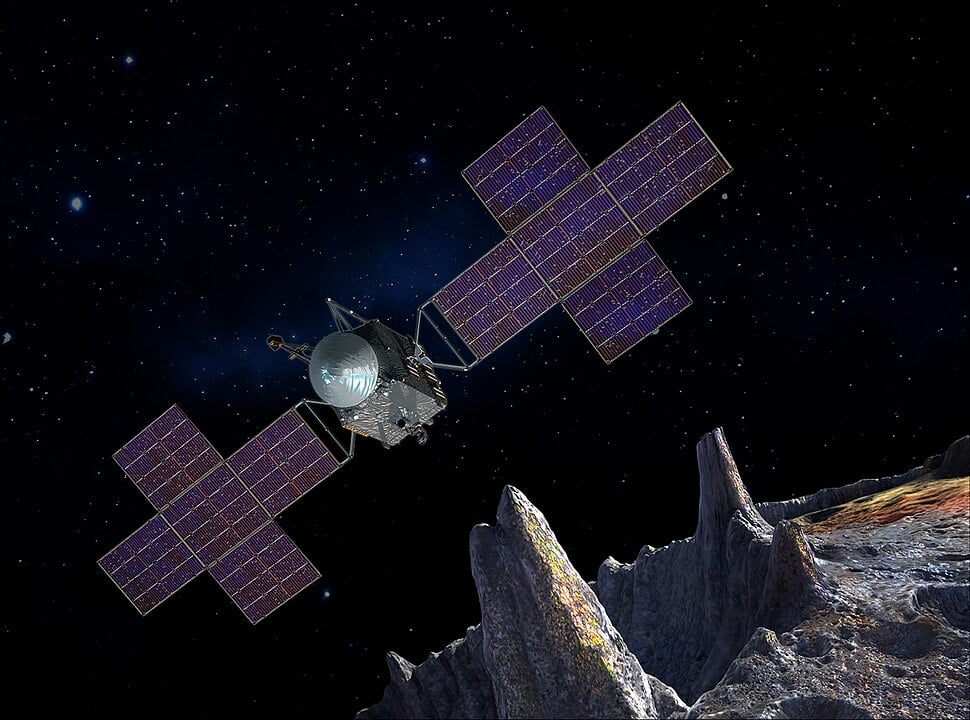
Introduction
For decades, astronomers have speculated about a hidden giant—Planet Nine—lurking in the outer reaches of our solar system. Its gravity is thought to shape the orbits of extreme trans-Neptunian objects (TNOs), yet direct imaging remains out of reach for even the largest telescopes. Meanwhile, a parallel revolution is unfolding in how data moves between space and Earth. Laser communication systems promise data rates orders of magnitude higher than radio, enabling real-time control, rapid data dumps, and collaborative networks of sensors and telescopes. Together, these trends are converging to offer the best chance yet at spotting the faint point of light that would confirm Planet Nine’s existence.
The Quest for Planet Nine
In 2016, Caltech researchers Konstantin Batygin and Mike Brown used mathematical modelling to infer a ninth planet from the clustered orbits of distant small bodies. They proposed a super-Earth, five to fifteen times our planet’s mass, on a distant, elongated orbit that takes thousands of years to complete. Since then, surveys with wide-field telescopes have scanned the sky, but the object remains undetected. The Vera C. Rubin Observatory, slated to begin full operations soon, will image the entire southern sky every few nights, generating petabytes of data ripe for analysis. However, transferring and processing that data quickly enough to spot a slowly moving, extremely faint object demands breakthroughs in communication bandwidth and latency.
Laser Communication: A New Frontier in Astronomy
Laser, or free-space optical (FSO), communications harness narrow beams of light to transmit data between spacecraft and ground stations. Compared to traditional radio frequency (RF) links, laser systems offer:
- Higher data rates, reaching tens to hundreds of gigabits per second
- Lower power and mass requirements, vital for small satellites and deep-space probes
- Enhanced security, since narrow beams are difficult to intercept without precise alignment
These traits make laser comm ideal for handling the massive image files and rapid telemetry needed for next-generation sky surveys.
Table 1. Comparison of RF vs. Laser Communication
| Feature | Radio Frequency (RF) | Laser (FSO) |
|---|---|---|
| Typical data rate | Mbps to low Gbps NASA | Tens to hundreds of Gbps |
| Power consumption | High | Lower per bit transmitted Photonics |
| Hardware footprint | Bulky antennas | Compact optical terminals Lincoln Laboratory |
| Beam divergence | Wide | Very narrow |
| Susceptibility to jamming | Moderate | Low |
| Atmospheric effects | Moderate | High (clouds, fog) GlobeNewswire |
Companies Leading the Charge
A new cohort of laser communication companies is racing to build the infrastructure that will carry tomorrow’s astronomical data.
SpaceX has demonstrated inter-satellite laser links on its Starlink constellation, aiming to route traffic through space rather than ground stations for lower latency Optica OPN.
Spire recently achieved two-way laser communication between LEMUR satellites, paving the way for optical relay networks that could link telescopes, probes, and data centers in real time Press Release Services.
Taara, spun off from Alphabet’s X moonshot lab, is deploying ground-based laser links to extend fibre networks at up to 20 Gbps across 20 km, with plans to integrate space relays for global coverage Financial Times.
MIT’s Lincoln Laboratory tested a two-way laser terminal aboard Orion, demonstrating reliable optical links for crewed missions and setting the stage for similar terminals on observatory satellites Lincoln Laboratory.
Meanwhile, the Photonics Research Group at the Netherlands Organisation for Applied Scientific Research is modelling how Martian dust and Earth’s atmosphere affect FSO links, informing site selection for ground stations that support both planetary exploration and deep-sky surveys Photonics.
Impact on Planet Nine Search
By slashing data transfer times, laser networks let astronomers rapidly sift through transient detections and identify slow-moving candidates consistent with Planet Nine’s predicted motion. High-bandwidth links also enable:
- Real-time image stacking on remote GPU clusters, boosting the signal-to-noise ratio needed to spot a dim object against the star field
- Distributed collaboration, where teams in different continents can jointly control telescopes and share intermediate results without delay
- Automated follow-ups, triggering larger telescopes or space observatories immediately after a potential detection
Thanks to these capabilities, the Rubin Observatory’s data stream could be piped to specialized processing hubs worldwide, enabling continuous monitoring for the telltale slow drift of a distant planet. Dedicated relay satellites equipped with laser terminals could further reduce latency, turning weekly data dumps into a near-constant feed.
Table 2. Projected Growth of Space-Based Laser Communication Market
| Year | Market Value (US$ million) | CAGR (%) |
|---|---|---|
| 2023 | 1,558 | — |
| 2025 | 2,000 (est.) | 13.6 % |
| 2030 | 4,000 (proj.) | 13.6 % CAGR |
| 2033 | 6,737.6 (proj.) | 13.6 % CAGR |
Data source: Astute Analytica market report GlobeNewswire
Challenges and Future Prospects
Despite the promise, FSO faces hurdles. Clouds, fog, and turbulence can interrupt laser beams, requiring hybrid radio-laser architectures or site diversity for ground stations. Geographic regions with low cloud cover—such as the Atacama Desert—are prime candidates for optical ground terminals.
Coordinating between multiple companies and agencies also raises interoperability and regulatory questions. Standards for optical link protocols and space frequency allocations are still evolving. However, industry consortia and bodies like the ITU are working to establish guidelines that will allow laser networks to scale globally.
Looking ahead, integration with 6G terrestrial networks and silicon photonic chips could allow mesh-style space internet, where telescopes, satellites, and even high-altitude platforms share data seamlessly. Such a fabric would not only speed up the hunt for Planet Nine but also support real-time virtual observatories accessible to researchers and the public alike.
Facts
- China’s Chang Guang Satellite Technology achieved a 100 Gbps downlink from its Jilin-1 satellite using a truck-mounted ground station
- NASA’s DSOC experiment on the Psyche mission transmitted data across 16 million km using lasers, the longest optical link to date
- The SETI Institute plans ten laser SETI stations in 2025 to scan the sky for nanosecond pulses that could hint at extraterrestrial technology.
- Laser beams can be narrower than a human hair over hundreds of kilometers, enabling focused, low-interference links.
- Future silicon photonic chips may allow one laser terminal to handle dozens of simultaneous beams for multiplexed data streams.
References
- Batygin, K., & Brown, M. Evidence for a distant giant planet in the solar system. Caltech News (2016). California Institute of Technology
- Jilin-1 laser downlink test. The Sun (2025). The Sun
- Astute Analytica. Laser Communication Market Forecast 2023–2033. GlobeNewswire
- Fernandez Rodriguez, E., et al. Effects of Martian dust on FSO links. Photonics.com (2025). Photonics
- Spire Global. Two-way laser communication demonstration. Business Wire (2025). Press Release Services
- NASA. Deep Space Optical Communications (DSOC) Fact Sheet. NASA
- Fast Company. The most innovative companies in space for 2025. Fast Company
- MIT Lincoln Laboratory. Two-way laser terminal demo. Lincoln Laboratory
- SETI Institute. Space in 2025: What to Expect. SETI Institute
- Wikipedia. Planet Nine. Wikipedia

